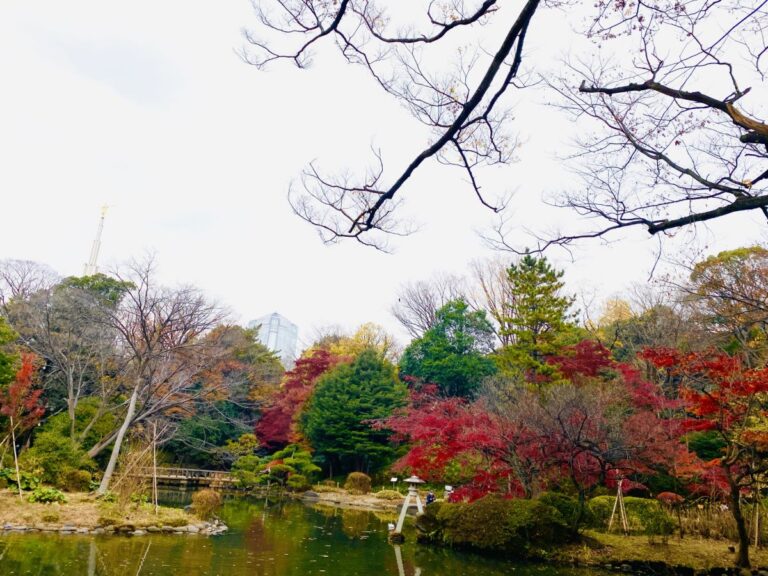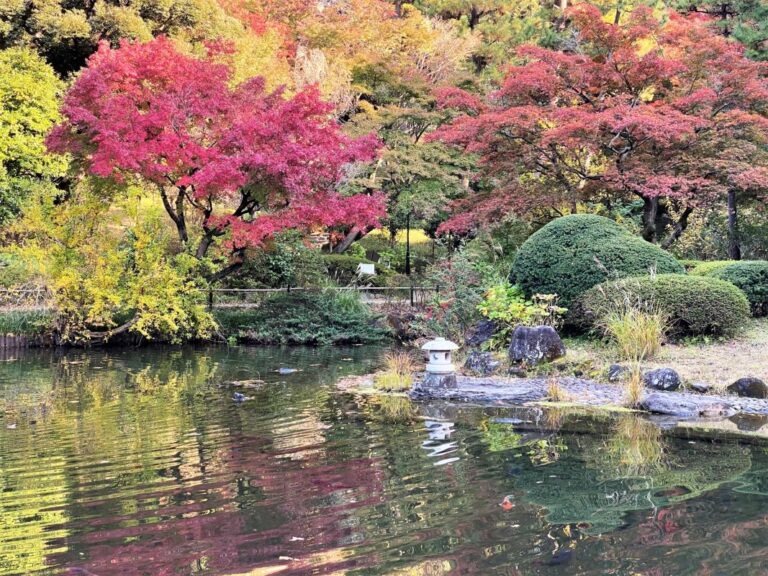Koishikawa Korakuen is one of the oldest and most beautiful traditional Japanese landscape gardens in Tokyo. Designed in the early 17th century, this garden is a harmonious blend of Chinese and Japanese landscaping elements.
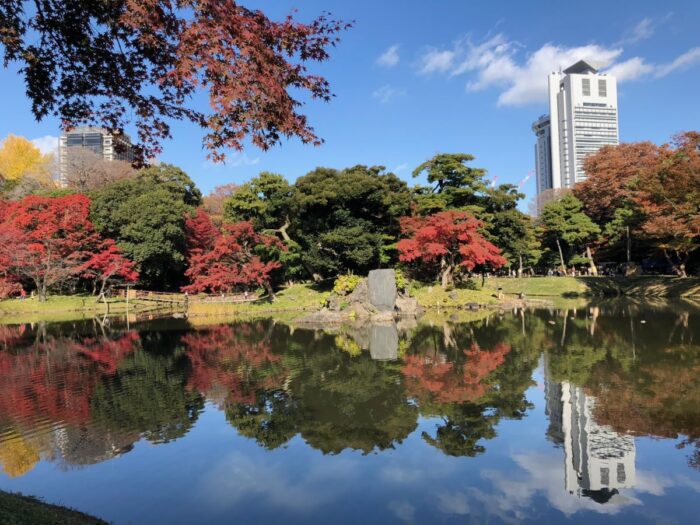
With its tranquil atmosphere, picturesque scenery, and historical significance, Koishikawa Korakuen is a must-visit destination for history enthusiasts and nature lovers especially in the autumn with its vibrant red leaves.
History and Design

Koishikawa Korakuen was originally constructed by Tokugawa Yorifusa, the founder of the Mito branch of the Tokugawa family, and completed by his successor, Tokugawa Mitsukuni.
Mitsukuni named the garden “Korakuen” after a Chinese poem that emphasizes the importance of enjoying pleasure after fulfilling one’s duties.

The garden was designed in the “Kaiyu” style, which is characterized by a central pond and a meandering circular path around it, offering visitors varying views as they stroll through the garden.
Landscaping Highlights
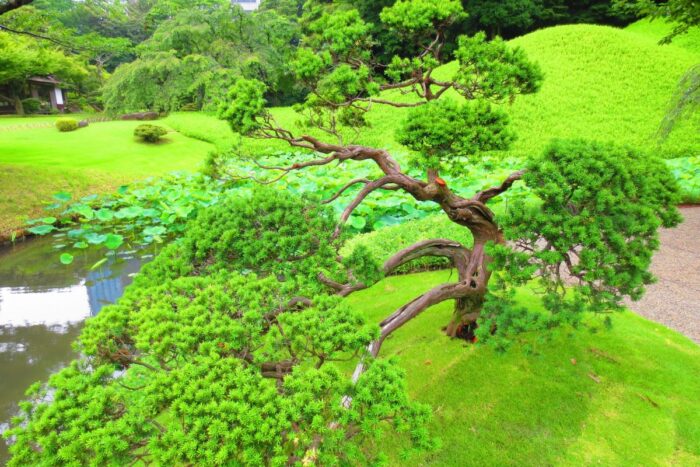
Full Moon Bridge (Engetsu-kyo)

This gracefully arched stone bridge creates a perfect circle when reflected in the water below, resembling a full moon. The bridge offers a stunning view of the surrounding landscape and is a popular spot for photography.
Daisensui Pond

The central pond of Koishikawa Korakuen, Daisensui, is home to colorful carp and turtles. Visitors can enjoy seasonal changes in the scenery, with cherry blossoms in spring and fiery autumn foliage reflected in the water.
Tokujin-do Hall
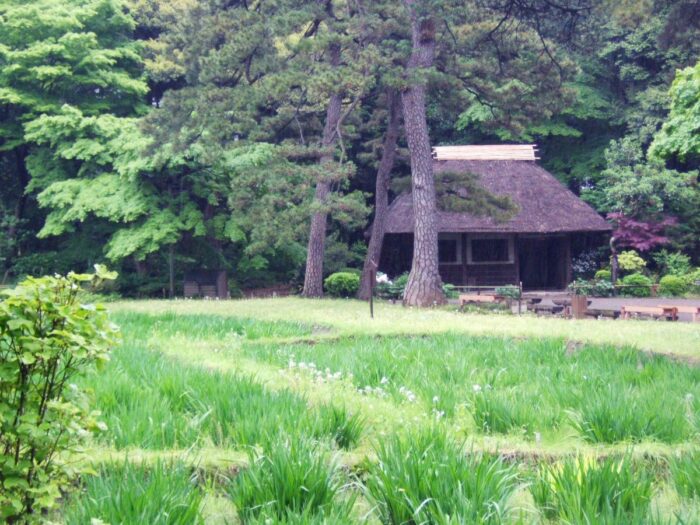
A small, thatched-roof hall in the garden, Tokujin-do is dedicated to the Chinese poet and scholar, Bai Juyi. The hall was built in honor of his famous poem about plum blossoms, which is engraved on a stone monument nearby.
Maple Grove (Momiji Yama)
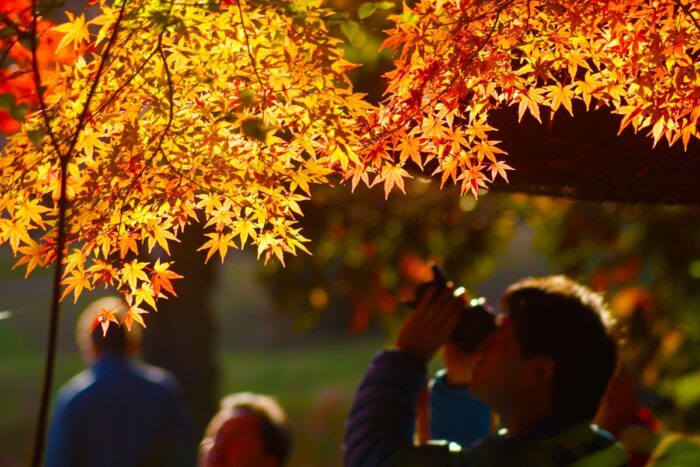
A hill covered in Japanese maple trees, the Maple Grove offers stunning views of the garden during autumn when the leaves change to vibrant shades of red and orange.
Seasonal Events
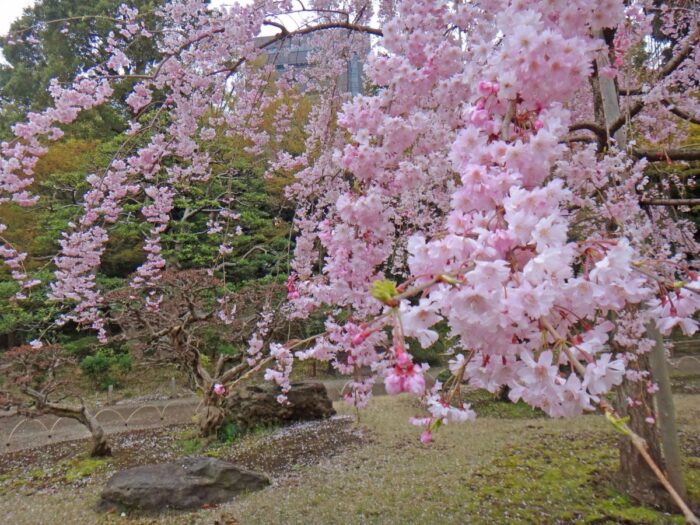
Koishikawa Korakuen is an excellent destination year-round, with various seasonal events showcasing the garden’s beauty:
- Spring: The garden features around 70 cherry blossom trees, making it a perfect spot for hanami (cherry blossom viewing).
- Autumn: With its diverse collection of maple trees, Koishikawa Korakuen is a popular destination for enjoying the fall foliage.
Visitor Tips

- Plan your visit on a weekday, when the garden is less crowded.
- Allocate at least an hour to explore the garden and fully appreciate its beauty.
- There are no food or drink facilities within the garden, so consider bringing a bottle of water and snacks.
- Wear comfortable shoes, as the garden has many stone paths and steps.
Access and Admission
Koishikawa Korakuen is located in central Tokyo, near Iidabashi Station. The garden is open daily from 9:00 AM to 5:00 PM (last entry at 4:30 PM), with a few closed days around New Year’s. The admission fee is 300 yen for adults and 150 yen for children.
History of Koishikawa Korakuen

Early Beginnings
Koishikawa Korakuen was built during the early Edo period, in the 17th century, by Tokugawa Yorifusa, the founder of the Mito branch of the Tokugawa family. Yorifusa began the construction of the garden, but it was his son, Tokugawa Mitsukuni, who saw the project through to completion. Mitsukuni was a prominent daimyo and an influential figure in Japanese history. He was deeply interested in Chinese culture and Confucianism, which heavily influenced the design of Koishikawa Korakuen.
Inspiration and Design
Mitsukuni named the garden “Korakuen” after a passage from the Chinese poem “Yueyang Tower” by Fan Zhongyan, which states that a wise ruler should worry before others and enjoy life only after everyone else has found happiness.
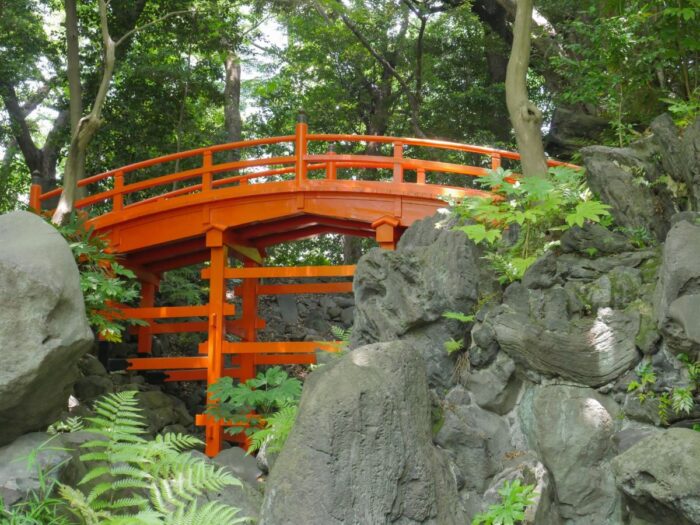
This concept was an essential guiding principle for Mitsukuni, who sought to create a space that combined the beauty of nature with the wisdom of Confucianism.
The garden was designed by Zhu Shun Shui, a famous Chinese scholar and refugee who fled China after the fall of the Ming Dynasty. Under his guidance, Koishikawa Korakuen was created as a harmonious blend of Chinese and Japanese landscaping elements.
Unique Features
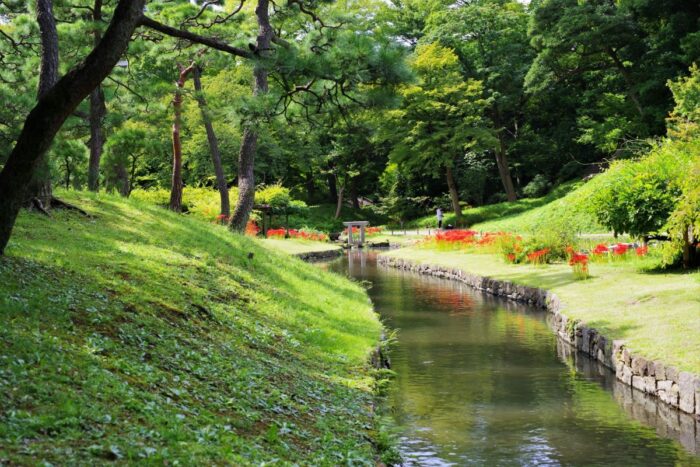
One of the distinct features of Koishikawa Korakuen is its incorporation of famous landscapes from China and Japan. For example, the garden contains a miniature version of the Seiko Lake from China and a replica of the Kiso River, which runs through central Japan. This blending of famous landscapes was a unique and ambitious approach that further highlights Mitsukuni’s admiration for both cultures.
An interesting anecdote from Koishikawa Korakuen’s history involves a great fire that broke out in 1868, during the tumultuous final years of the Edo period. While the garden’s buildings were largely destroyed, the landscaping and key elements, such as the Full Moon Bridge, remained intact. This resilience allowed the garden to continue serving as a haven of peace and natural beauty amidst the chaos and destruction of the time.
Preservation and Modern Importance
Koishikawa Korakuen was designated as a Special Place of Scenic Beauty by the Japanese government in 1952, and it remains one of the few Edo-period gardens that have survived in their original form. Today, Koishikawa Korakuen stands as a testament to the artistry, vision, and cultural exchange that defined the Edo period, offering visitors a unique glimpse into Japan’s rich history and a tranquil oasis within the bustling metropolis of Tokyo.
Visitor Information
| Key Information | Details |
|---|---|
| Name | Koishikawa Korakuen (小石川後楽園) |
| Address | 1-6-6 Koraku, Bunkyo City, Tokyo 112-0004, Japan |
| Nearest Stations | Iidabashi Station (JR Chuo-Sobu Line, Tokyo Metro Tozai, Yurakucho, and Namboku Lines) and Korakuen Station (Tokyo Metro Marunouchi and Namboku Lines) |
| Opening Hours | 9:00 AM to 5:00 PM (last entry at 4:30 PM); closed from December 29 to January 1 |
| Admission Fee | Adults: 300 yen; Children: 150 yen |
| Nearby Hotels | 1. Tokyo Dome Hotel |
| 2. Hotel Niwa Tokyo | |
| 3. Richmond Hotel Tokyo Suidobashi | |
| 4. APA Hotel Iidabashi Ekimae | |
| 5. Hotel Wing International Korakuen |

